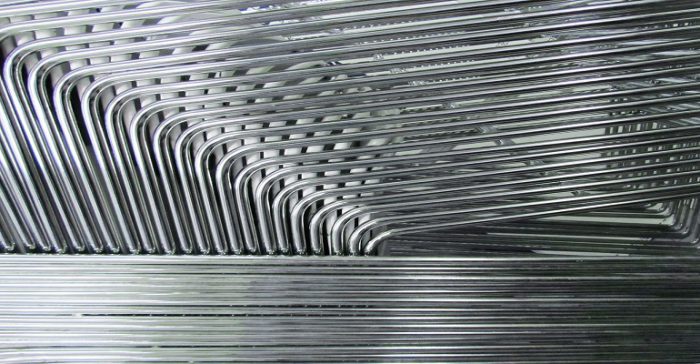Shape memory alloys the basis for more efficient refrigerant-free cooling
Gizmag, February 8, 2016. Image credit:
By preserving our food and keeping our buildings comfortable in hot weather, mechanical cooling systems have been a boon, but with their refrigerant gases and high power consumption they’re not exactly environmentally friendly. In an effort to make a greener, more energy efficient cooling system, a team of engineers from Germany’s Saarland University is turning to shape memory materials to replace the refrigerant gases used in conventional cooling technologies.
Shape memory materials, also known as “metal muscles” or “artificial muscles,” have the ability to snap back into their original shape after being stretched, squashed, bent, or otherwise deformed. If the material is a metal alloy, such as nickel-titanium, the deformation changes the material’s crystal lattice structure in what’s known as phase transition, which causes the material to become hotter. Allowing the material to relax and return to its original form cools it by about 20° C (36° F) below the ambient temperature.
“In our systems, shape memory alloys (SMAs) are used to remove heat,” says Stefan Seelecke, Professor for Intelligent Material Systems at Saarland University. “Shape memory means that wires or sheets made from a nickel-titanium alloy have a certain ability to remember their original shape: If they undergo deformation, they will return to their earlier shape, so they are able to tense and flex like muscles. The fact that they absorb and release heat when they do so is something we exploit to achieve cooling.”

A prototype air cooling system using nickel-titanium alloy is under development by teams from Saarland University, the Center for Mechatronics and Automation Technology (ZeMA), and Ruhr University Bochum led by engineers Seelecke and Andreas Schütze. According to Seelecke, the basic idea is to cool a space by prestressing a super-elastic shape memory material, then letting it relax and release the heat to the external environment. The material is then re-stressed to repeat the cycle.
